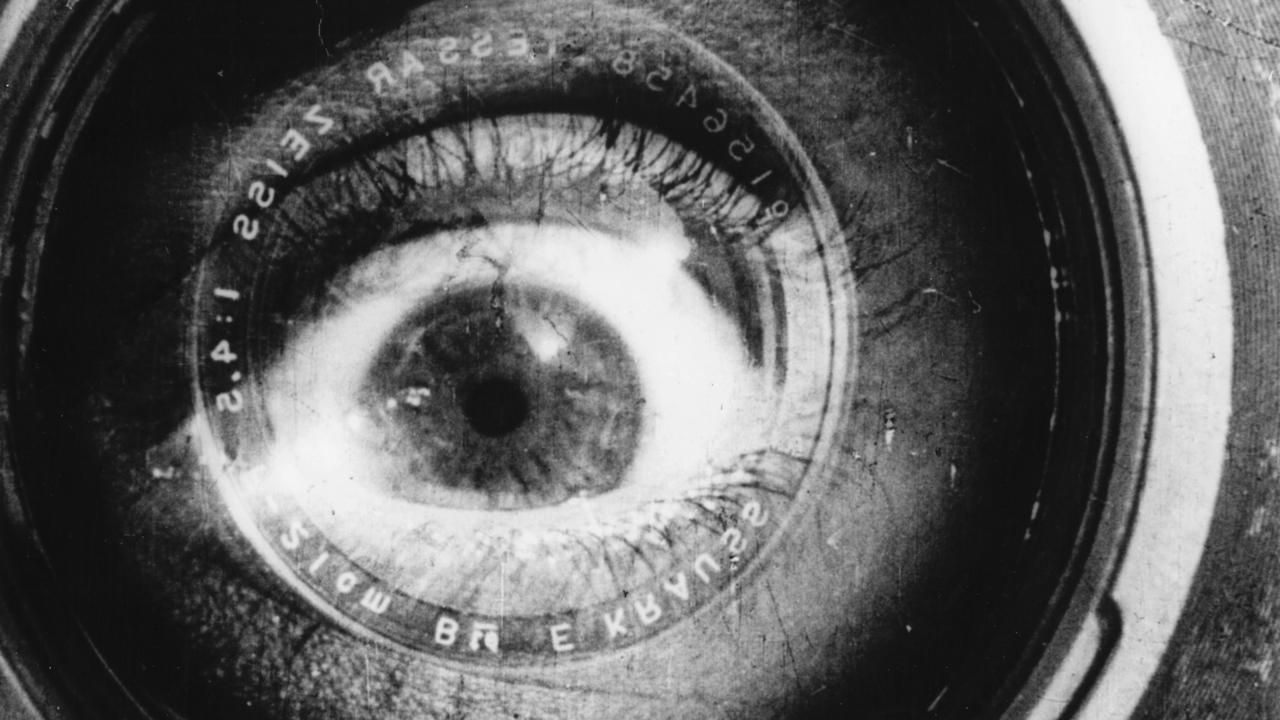With no dialogue, no intertitles, no hired cast, and barely a semblance of a plot, The Man with a Movie Camera doesn’t seem like the kind of film that today’s viewers would seem to enjoy. The film even warns you beforehand that it doesn’t have these things. But as the theater opens, the seats unfold, and the light bursts through the silver film, filmmaker Dziga Vertov presents a vision of the cinematic landscape that was to come, completely crafting a story of a cameraman’s day purely through the use of cinematography and editing alone. Essentially, it’s crafting these two elements completely from scratch, creating a whole body of signs and symbols (and a whole industry) that eventually formed the language of film as we know it today.
Synopsis
A cameraman wanders around with a camera slung over his shoulder, documenting urban life with dazzling inventiveness.
Storyline
While travelling through the cities of Moscow, Kiev, and Odessa, a cameraman documents and puts together snippets of daily life in this pioneering experimental film.
TLDR
RIP Dziga Vertov, you would have enjoyed the day in the life videos that influencers love to make.
What stands out
The shots of ordinary people. Literature and theater were more likely to celebrate extraordinary events, places, and people, and it’s because of this that what we remember from history are mostly the rich and privileged. But this film recorded life, capturing the shift in the way we started to perceive and remember the world.





